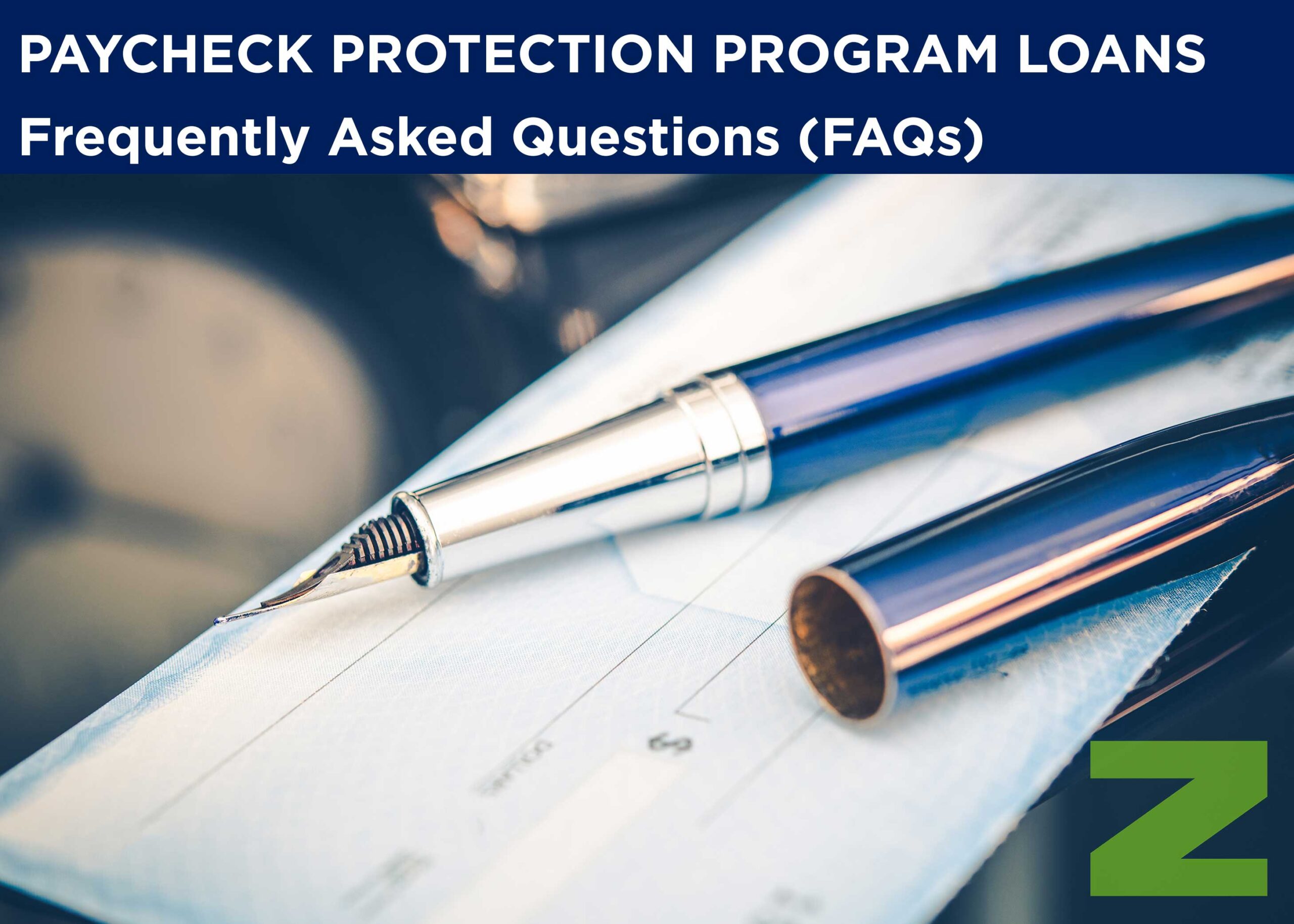2020 Construction Planning in the Wake of COVID-19
The COVID-19 pandemic swiftly eroded recent gains in the U.S. and world economies and has exposed economic and societal vulnerabilities that many believed, or at least hoped, would never come to light. There’s no doubt the virus is negatively affecting the economy, American workers and families. Although construction has been deemed “essential” to one degree or another in all U.S. jurisdictions, and despite talk of “reopening the economy” as soon as possible, the construction industry is not immune from current circumstances. If history is any indication, these negative effects may be long lasting for contractors even after the pandemic has passed.
As a result, it is understandable why contractors, particularly smaller ones, might be anxious about the present and future uncertainty. However, contractors should be careful to avoid reactionary decisions based on a perceived need to do something – especially if or when cash flow starts to tighten. Instead, contractors and construction suppliers should take calculated steps to curb the impact this pandemic has, or will have, on their businesses.
Taking only a few steps may make a big difference. Consider the following:
- Review active and upcoming contracts. Since the start of the pandemic, many contractors have had to take a focused look at contracts for projects affected by COVID-19. If you have not already done so, conduct a thorough review of all active and upcoming project contracts to see what your obligations and rights are under each contract. A review of these contracts will help you identify risks to which you may be exposed. You will likely find that obligations and rights vary significantly from project to project. Make sure you and your project teams understand the provisions that govern each project. In particular, pay close attention to notice requirements and duties to mitigate damages. While it is not always best to waive a red flag immediately when you think a project has been negatively affected, it is important to know when not doing so may prevent you from exercising rights or obtaining relief in the schedule or in the contract price.
- Reduce short-term project costs. Undoubtedly, most companies are cutting costs to offset reduced revenues. In some cases, contract reviews and analyses might reveal that a contractor even has a duty to reduce its costs. In either case, it is good practice to take all reasonable steps to reduce direct job costs, such as equipment rental or raw material purchases, and indirect costs, such as travel, discretionary administrative expenses, and other variable overhead items. Even in the months after the pandemic has subsided, reach out to vendors and suppliers and discuss their willingness to modify existing terms such as payment due dates, early payment discounts, waiver of interest and late fees, and acceptance of partial payments. In doing so, think about the potential long-term consequences, if any, associated with immediate cost-reduction measures.
- Investigate the availability of capital. The CARES Act created several programs to help provide loans to small business concerns and other qualifying entities. If authorized funds remain available, these loans may be a good fit for some contractors. Additionally, reach out to your banks and evaluate what available loan programs are offered or if there are options to enter forbearance or deferment on existing loans. Many financial institutions have been willing to work with clients to address short-term needs in light of present circumstances. Utilize your established resources to evaluate what options are best for your business’ situation. While assuming debt may not be the right solution for your business, in certain circumstances it may be a responsible, relatively affordable way to manage immediate cash flow needs. As always, though, short-term borrowing should only be utilized based on realistic projections of future workload. Don’t be overcome by wishful thinking.
- Plan for future work. Although onsite work has slowed on many projects, some owners and developers, at least for now, continue to solicit bids for projects. In other cases, projects that were set to start in 2020 have been shelved temporarily, but the projects are still planned for construction later. When the economy slows down dramatically, contractors sometimes bid work too cheap to secure enough projects to, at the very least, cover overhead and keep key personnel employed. While this is, to some extent, the nature of the industry, be careful how aggressive your estimators get to win jobs. Even with plans to lift current work restrictions and shelter-in-place orders around the country, no one knows when work will return to normal. When it does, your clients are going to expect work to pick up quickly. You want to make sure you have the employees and equipment in place to handle this uptick in business without creating situations in which you risk defaulting on contractual obligations. If you bid work too cheaply now, you may find yourself overextended in the future.
- Review your company’s standard contract and purchase order documents. The COVID-19 pandemic is unprecedented in the modern era of construction. The odds may be that such an event never occurs again in our lifetimes. However, there is no better time than now to review your company’s standard subcontracts, purchase order documents, and terms and conditions. If necessary, consult counsel and revise documents to strengthen them and protect your company. There are a number of legal considerations in doing so, but the time and expense of taking a renewed look at these critical documents could result in significant risk avoidance for your company on future projects.





